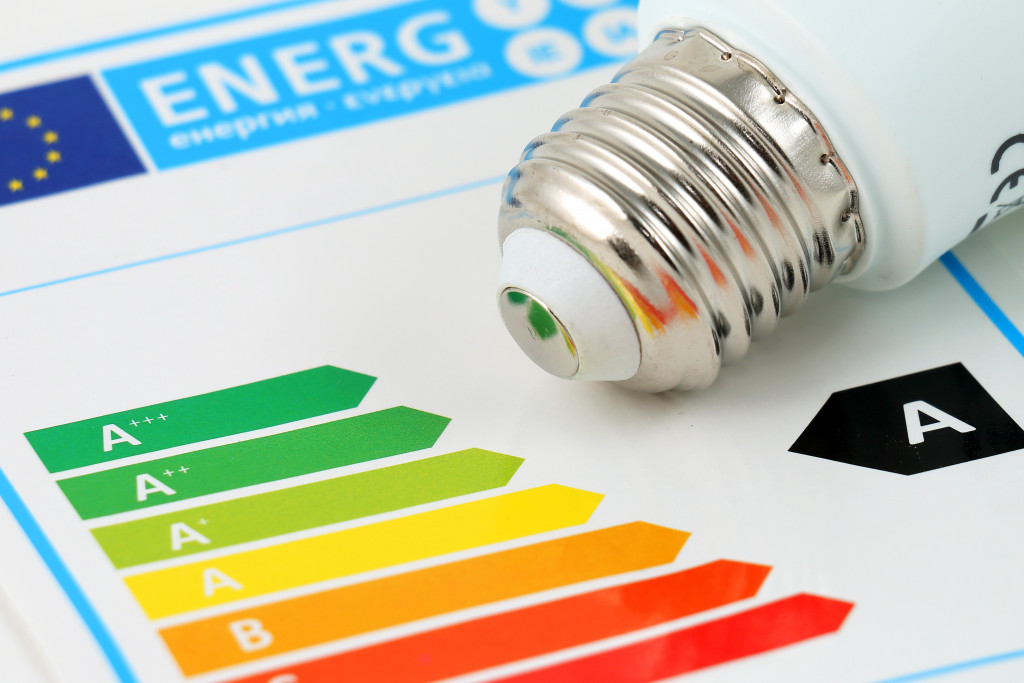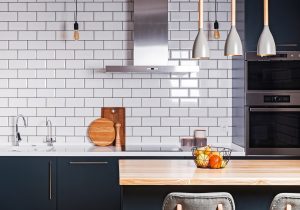- Home renovation presents an opportunity to make your home more sustainable by investing in green practices.
- Conducting an energy audit and assessing water usage can help identify areas for improvement.
- Upgrading to energy-efficient windows, doors, appliances, and lighting is cost-effective and energy-saving.
- Installing low-flow fixtures and harvesting rainwater are great ways to reduce water consumption.
- Maximizing natural light through kitchen rooflight installation helps improve ventilation, creating more space while reducing energy costs.
Home renovation is often seen as a way to upgrade a home’s appearance, functionality, and comfort. However, it also presents an opportunity to make your home more environmentally sustainable by adopting earth-friendly practices.
With the current state of our planet, we all need to make changes, and transitioning your home into an eco-friendly space is one of the ways to contribute positively. Green renovations are not only beneficial to the environment but also to you as a homeowner.
Adopting sustainable practices in your renovation project is an investment worth making. Moreover, adopting water-conservation practices can help you save water bills by thousands of dollars annually.
This article will discuss the importance of earth-friendly renovations, the benefits of adopting sustainable practices, and how to renovate your home using green techniques.
Assessing Your Home’s Environmental Impact
Before beginning the renovation project, it is essential to analyze your home’s environmental impact. This evaluation can help identify areas where improvements can be made to minimize your home’s environmental impact.
Conducting an Energy Audit
Energy audits are essential in identifying areas where energy is wasted in your home. An energy audit involves a professional inspecting your home’s insulation, lighting, appliances, and other areas to identify inefficiencies and provide practical solutions for improved energy efficiency.
Identifying Areas of Improvement for Energy Efficiency
Once the energy audit is complete, it is essential to prioritize the recommended energy-efficient improvements in your home. For example, replacing your traditional light bulbs with LED lights or sealing your ducts can improve your home’s energy efficiency.
These small changes can significantly impact your energy bills and your home’s carbon footprint in the long run.
Evaluating Water Usage and Conservation Opportunities
Water usage is another critical area that homeowners need to evaluate. Identifying water wastage areas can significantly reduce water bills and improve your home’s sustainability.
Installing low-flow showerheads, harvesting rainwater, and fixing water leaks are good places to start.
Examining Waste Management Practices
Waste management is one of the most significant contributors to our environmental footprint. Addressing waste management and reducing waste generated during a renovation project is vital.
Homeowners can achieve this by recycling, reusing, and donating materials no longer in use. For example, donating used furniture to charity instead of throwing away ensures the items get a second life while reducing waste.
Energy-Efficient Upgrades
A plethora of green technology is available today to give your house a sustainable facelift. Here are some of the best ways to renovate your home with earth-friendly practices
Insulation and Weatherization Techniques
An energy-efficient home also means insulation and weatherization techniques. Proper weatherization and insulation can save on heating and cooling costs while keeping your home comfortable all year round.
Installing insulation in your walls, attic, and basement is essential to reduce heat loss and increase overall home efficiency.
Weatherstripping your doors and windows, properly sealing ducts, and installing storm doors and windows can also significantly lower energy bills while keeping your home comfortable.
Installing Energy-Efficient Windows and Doors
Another simple upgrade that can make a huge difference in your home’s overall energy efficiency is replacing old, drafty windows and doors. When you install double-paned windows, they can help insulate your home and prevent heat loss.
You can also use insulating frames for your doors, keeping them airtight and the external noise out. Upgrading your house windows to eco-friendly ones will save money on energy bills, so it’s a win-win situation.
Upgrading To Energy-Efficient Appliances and Lighting
Upgrading to energy-efficient appliances and lighting is cost-effective and easy to adapt to. When you opt for Energy Star-rated appliances, you can reduce energy consumption and keep your wallet happy. The same goes for lighting as well.
LED light bulbs might be a bit costly initially, but they can save energy and pay off the cost in the long run.

Utilizing Kitchen Rooflight
By maximizing natural light, you can reduce energy bills and, at the same time, improve your household’s overall carbon footprint. When you install kitchen rooflights, for instance, you bring more light into your home, improve ventilation, and create more space.
Using natural sunlight instead of light bulbs might not seem like it, but it can considerably impact your energy bills.
Water Conservation Measures
Water conservation is a critical aspect of eco-friendly home renovation and with good reason. Conserving water makes sense from both an economic and ecological perspective. Implementing water-efficient practices at home can go a long way in reducing water consumption.
Installing Low-Flow Fixtures and Water-Efficient Appliances
Installing low-flow fixtures and water-efficient appliances will help reduce water consumption and the associated utility bills. Low-flow fixtures can save up to 60% of the water needed for a traditional fixture.
Installing water-efficient appliances such as dishwashers and washing machines that use less water and energy contributes to water conservation efforts.
Implementing Rainwater Harvesting Systems
Harvesting rainwater creates an alternate source of water that can be used to water plants or even flush toilets. Collecting rainwater in tanks equipped with a simple filtration system is a smart way to reduce your household’s dependence on municipal water supplies.
Implementing rainwater harvesting systems and using them for non-potable purposes can help save significant amounts of water.

Renovating your home using sustainable practices can significantly impact your environmental footprint and economic well-being.
By assessing your home’s environmental impact, conducting an energy audit, identifying areas with room for improvement, evaluating water usage, and examining waste management, you can achieve a sustainable home that is healthy, efficient, and environmentally friendly.
With the Green Revolution gaining momentum, joining in and playing your part in keeping our planet healthy and living sustainably is essential.






